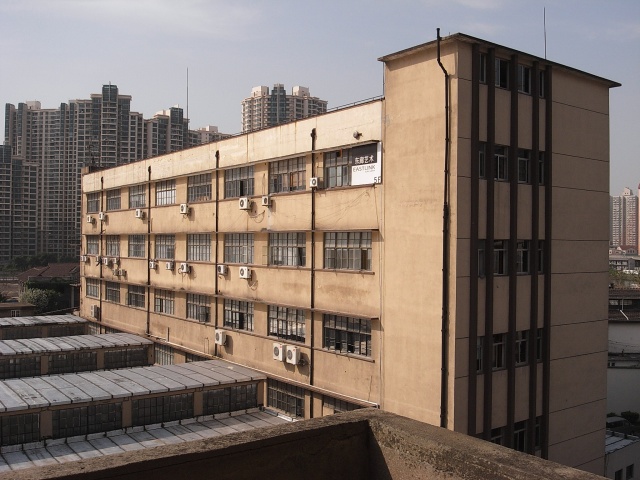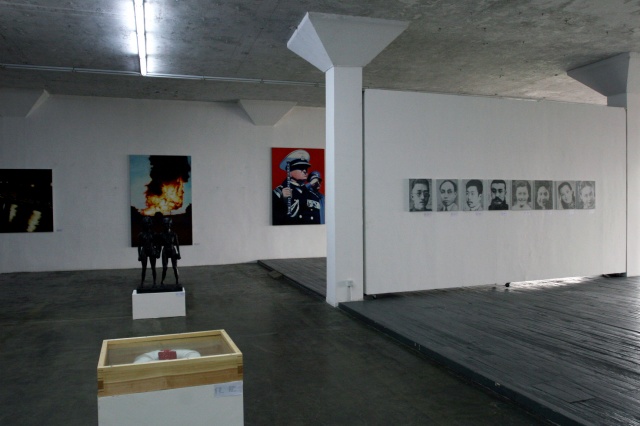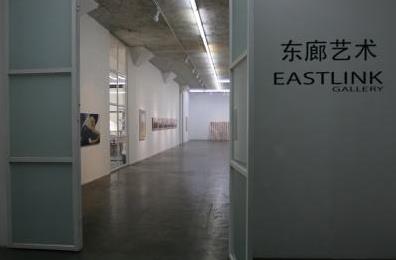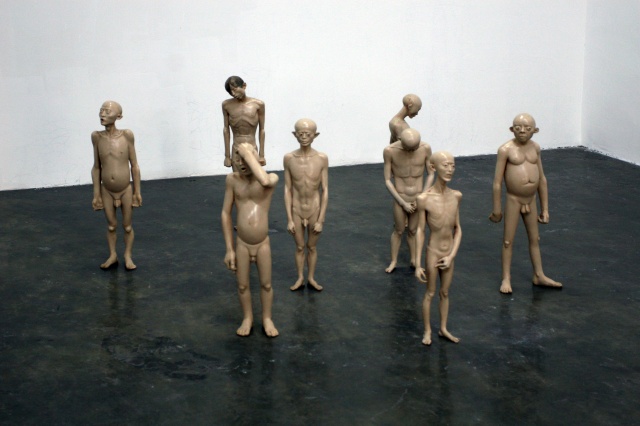The Eastlink was a relatively small gallery founded in 1999 and located on Fuxing West Road (adjacent to the French neighborhood in Shanghai), it often present works of young artists who had never had the opportunity to exhibit in Shanghai before, including the Gao brothers, Qin Yifeng, Chen Xiaoxiong and Ji Dachun and all these artists who devote self to the modern art. In 2000, Eastlink Art also invited curator Gu Zhenqing to organize a large group exhibition with 10 experimental artists.
What really pushed the Eastlink to the forefront of Chinese contemporary art was the "uncooperative movement" at the end of 2000, when the Eastlink had moved to the old warehouse along the Suzhou River and got much more space than before. The exhibition had an unprecedented impact on the art world, and set up a new vane for Chinese art, successfully bringing the focus of art to those aritists who dare to challenge the international conceptual art.
However, after the "non-cooperation movement", the pressure from government and the relocation of the city made the Eastlink art almost lost its exhibition space. In the past year, the Eastlink art has found a new artists’ residence area on the banks of the Suzhou River, where it once again creates a space for artists to gather and cooperate.
After settling down on the banks of Suzhou River, the Eastlink has set up a long-term exhibition project, which strengthens the conviction that the pioneer artists with great strength will be promoted to the world. During the 2004 Biennale, Donglong once again organized an influential event called "MATCHMAKING" with some Chinese artists and 13 artists from other countries. During the two weeks, they had non-profit interactive work and discussions, and held an exhibition for their Cooperative works, the interaction and cooperation during this period give all artists the opportunity to establish a tacit understanding of the art cooperation, and they each devote themselves to a variety of completely different cultural, social and economic environments, thus challenging their own limits of artistic creation.
The value of Eastlink art lies not in its commercial success, but in its long-term persistence in finding, discovering and providing opportunities for any talented new artists to present themselves, and in its efforts to create intercultural communication projects and its keen artistic touch.



